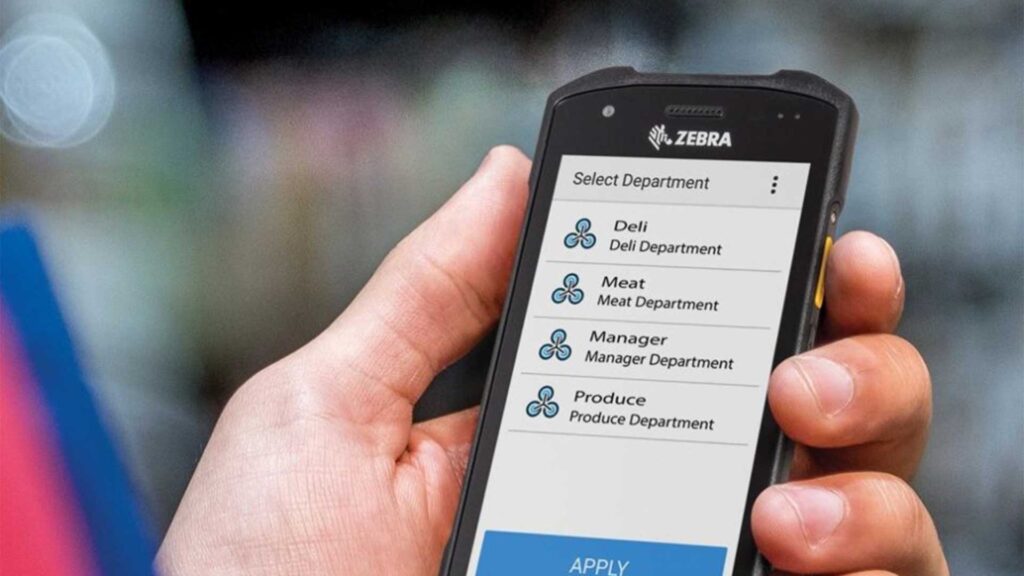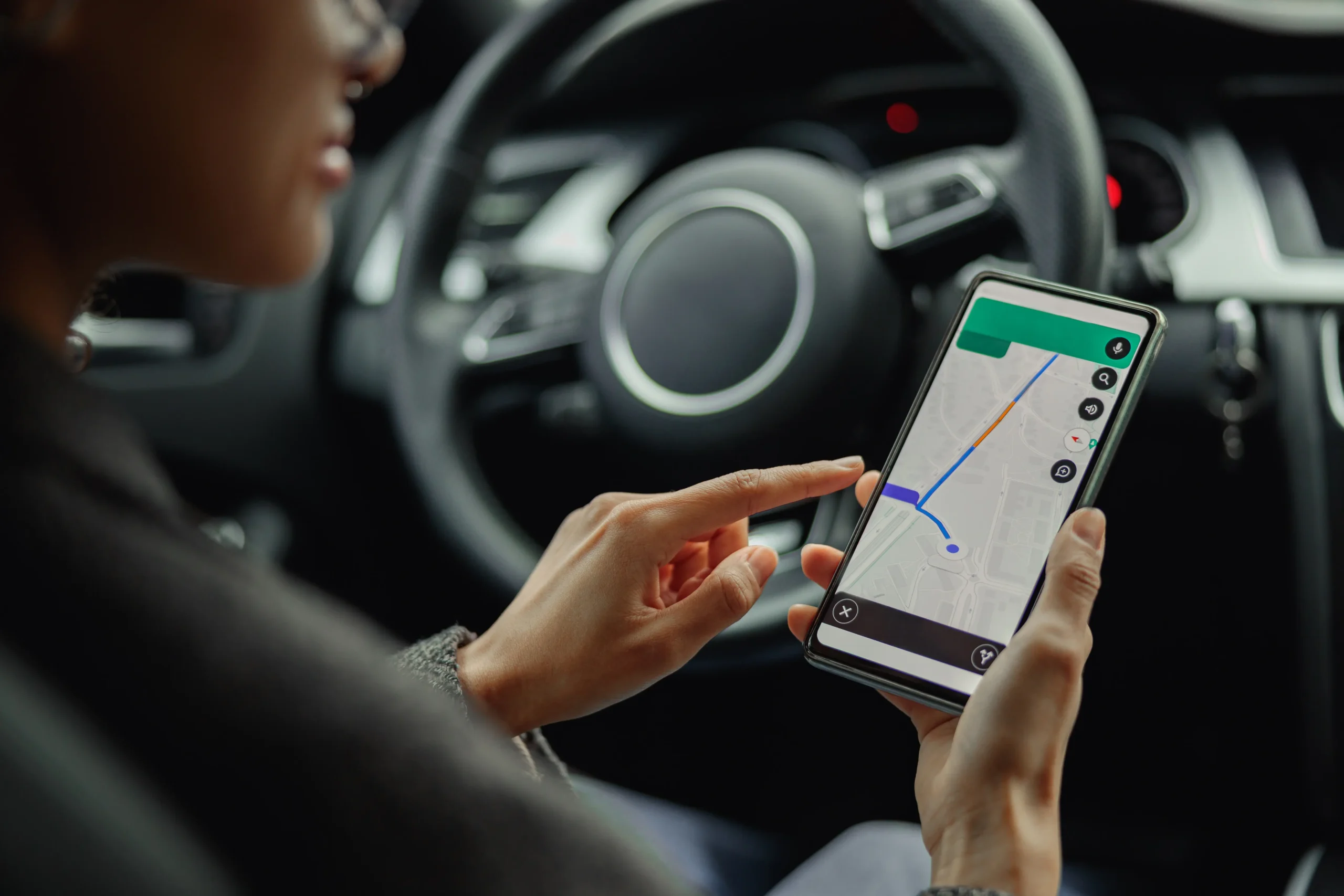The ultimate, cost-effective mobile touch computer for logistics businesses
The TC26 is a durable, business-class mobile touch computer – without the enterprise price tag.
Essential apps for drivers (like Stream’s Transport Management app) are available in the Google Play Store – so they can be used by any driver on any modern smartphone.
But, for operators stepping up from the BYOD (bring your own device) model, Zebra’s TC26 could be the way to go.
Designed for flexibility, Zebra’s TC26 is the very latest in the TC range of rugged smartphones – and replacing the Zebra TC25 in that product range.
Why the 26TC is the ultimate device for the transport & logistics sector
With multiple configurations at different price points, the TC26 means that you pay only for the features your workers need.
- Enterprise-class features in a consumer smartphone package – and at a consumer smartphone price point.
- Get started with minimal training thanks to the familiar Android OS
- Always-on reliability, with extended 14-hour battery life as well as drop-proof, spill-proof and tumble-proof rugged features
- Keep your workers connected – whether out on the road or inside the warehouse – with powerful connectivity features
- Improve productivity with enterprise-class scanners that capture bar codes quickly and accurately.
Reliability
One of the main problems with consumer smartphones in business settings like the logistics environment is the time spent out of service – either through breaking the hardware or quickly running down the battery. Features of Zebra’s TC26 give you reliable operation day in and day out.
Rugged design
The TC26 was built to survive the rough and tumble of the transport and logistics environment – whether in the warehouse or out on the road. Designed to be:
- Drop-proof: No need for a protective boot accessory, the TC26 is designed to survive 4ft / 1.2m drops to concrete
- Spill-proof: The TC26 is waterproof and dust proof, remaining operational come rain or shine, and even in snowfall
- Temperature-proof: Able to withstand extreme heat and freezing cold, the TC26 operates in temperatures as low as -10°C and as high 50°C
- Smash-proof: The most vulnerable components on any device, the display and the scanner exit window, are fortified with the Gorilla Glass for even more protection.
Unrivalled support
In addition to the rugged features protecting the device, you have the option to add affordable support with Zebra’s OneCare SV (Special Value) service. The 2- or 3-year support service plan covers:
- Normal device wear and tear
- 24/7 access to online technical support, as well as live support available
- Priority 5-day repair turnaround time
- Software and firmware updates
- A repair services dashboard and a device diagnostic tool
Always-on battery life
The TC26 can keep up with your workers – even on the longest shift. Extended battery life can power the device for up to 14 hours. There is also an option for a 12-hour battery.
Multiple charging solutions, including in-cab accessories, make charging on-the-go a breeze. You even have the option of adding an external battery pack that you can swap out, so you never need to take the device out of service to charge it up.
Convenience and ease-of-use
All those powerful, enterprise-grade features are packed into a device that looks and feels like a consumer smartphone.
Size and screen
The TC26 is a small, lightweight device, easy to carry and operate in one hand. Wearable wrist-mounts and vehicle holsters make hands-free operation easy, and allow workers to focus on the task at hand.
With a 5-inch HD touchscreen, there is plenty of space to display the apps your workers need to get the job done. The toughened screen is easy to view – even in direct sunlight – and can be operated with gloves or with bare hands.
Operating system
The TC26 is the first device in its class to offer the Android 10 OS (operating system) as standard, with plans to support future Android releases. Zebra even offers additional support for GMS (Google Mobile Services). Workers are likely to be familiar with a consumer OS, like Android, making it easier to use and easier to manage – and virtually eliminating training.
Enterprise-grade software
The TC26 may run on the consumer Android OS, but it also comes pre-loaded with Zebra’s powerful suite of Mobility DNA tools ready to use. The complementary Mobility DNA tools put the TC26 into a class of its own, extending the Android OS for a truly enterprise-grade device, and making it easy to:
- Quickly get your devices up and running
- Stage, secure and troubleshoot devices
- Capture and send data to your applications right out of the box
- Restrict access to features and applications
- Keep your devices secure.
Mobility DNA Enterprise License lets you unlock a set of even more advanced tools from Zebra.
Scanning and data capture
The TC26 is equipped with a 13 MP high-resolution auto focus colour camera integrated as standard. This allows drivers to capture highly detailed photos for ePOD (electronic proof of delivery). Workers can use this camera to capture the occasional barcode – but if barcode scanning is a regular part of the job, you can add dedicated scanners.
Enterprise-class barcode scanners can scan practically any barcode in any condition, with lightning-fast precision. Improve task accuracy and on-the-job efficiency for workers regularly scanning barcodes. Choose from two powerful scanning engines for 1D/2D scanning requirements:
- The SE4710 for scan-intensive environments
- The SE4100 for light to moderate scanning.
There’s also an option for just using the mobile device’s camera for barcode scanning, but this is only really relevant if you’re business requires very infrequent scanning in very good light conditions.
Connectivity
The TC26 gives you the connectivity your workers need, with both WiFi and cellular data, as well as Bluetooth, GPS and NFC. The TC21 is the sister product to the TC26 and comes with all the same features and options, but without cellular data – making it a good choice for inside the four walls.
You also have the option to add push-to-talk for powerful hands-free voice solutions, Zebra’s VoLTE for superior voice quality over cellular networks, and a 5 MP front camera for easier video calling.








